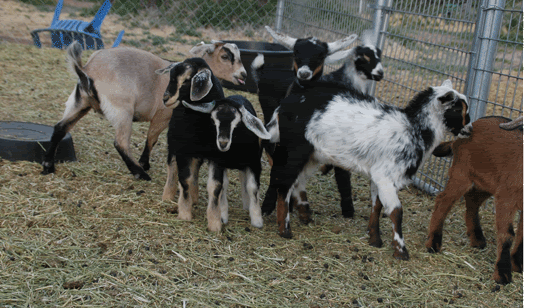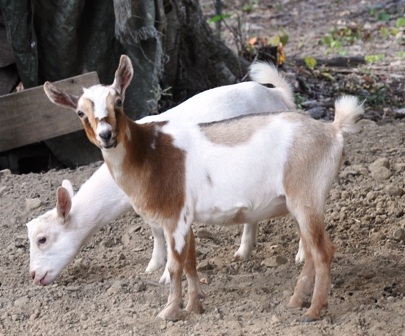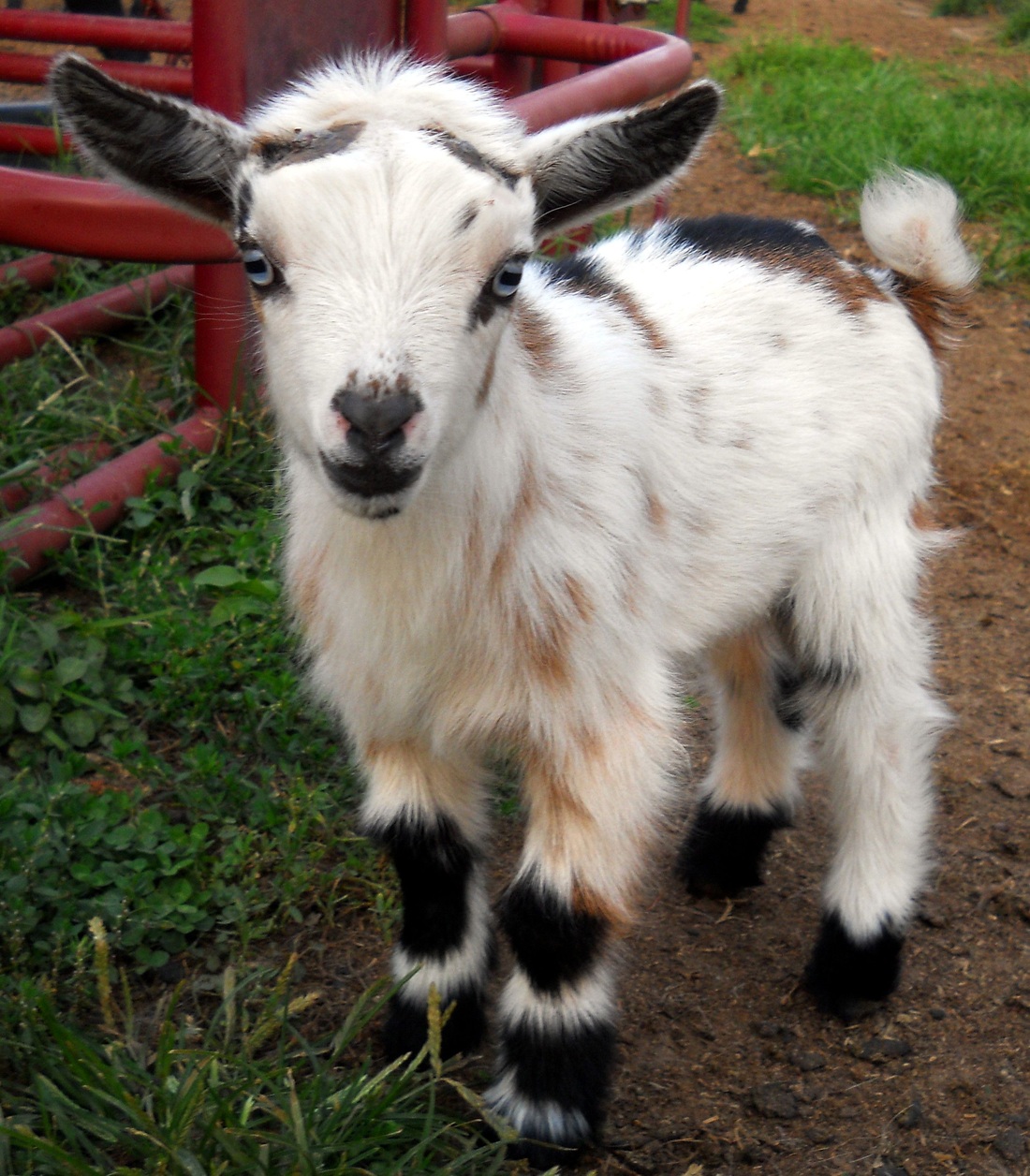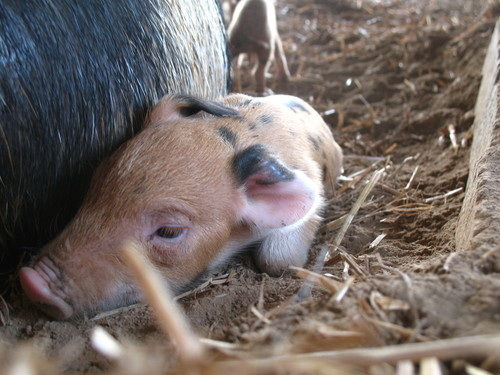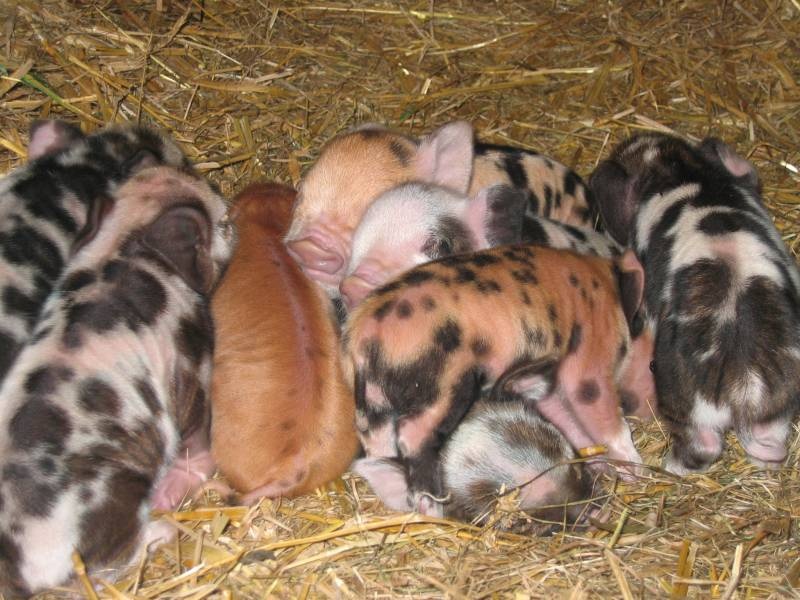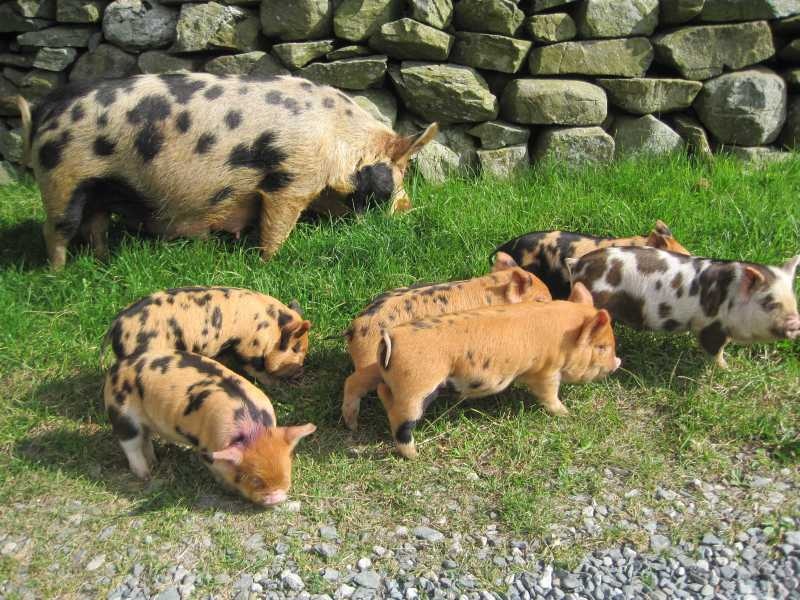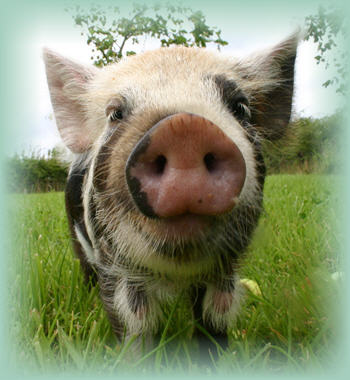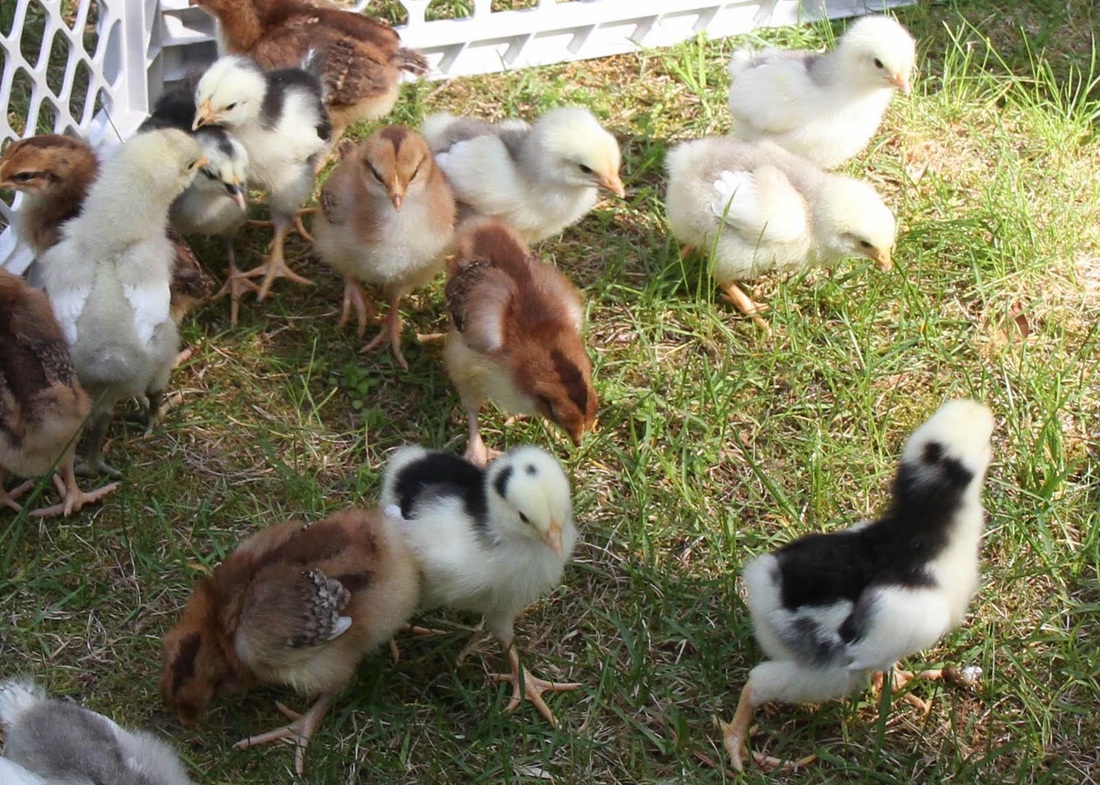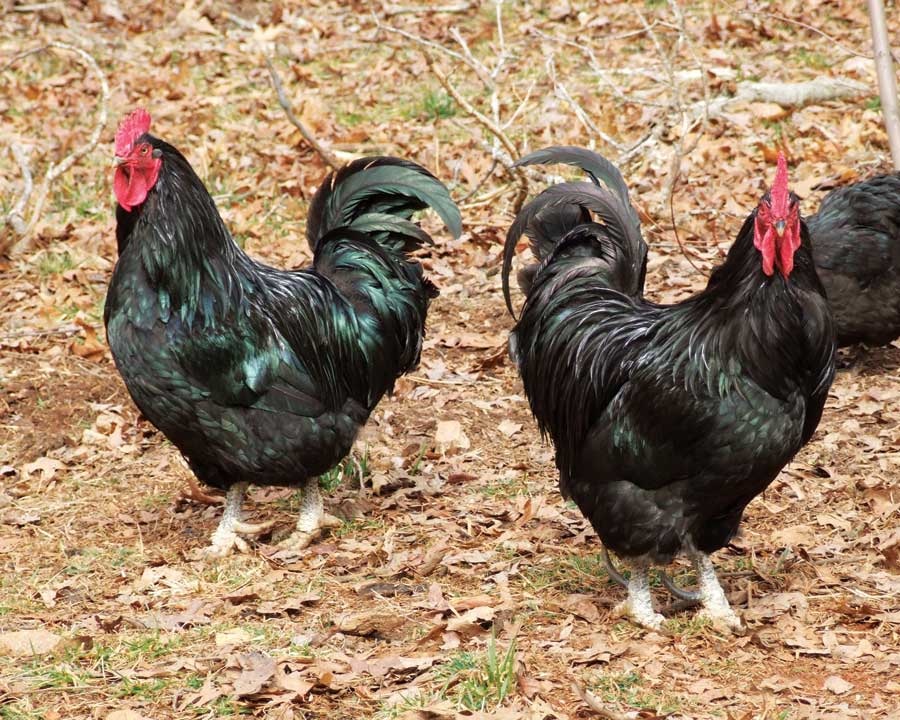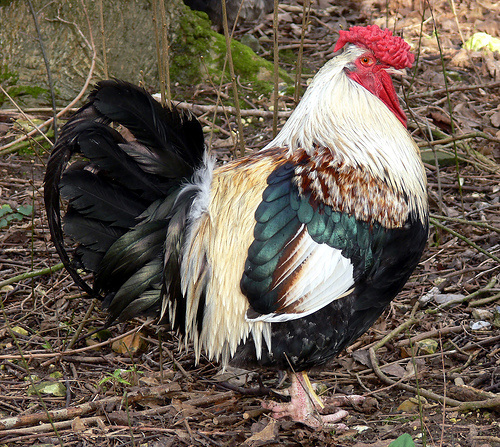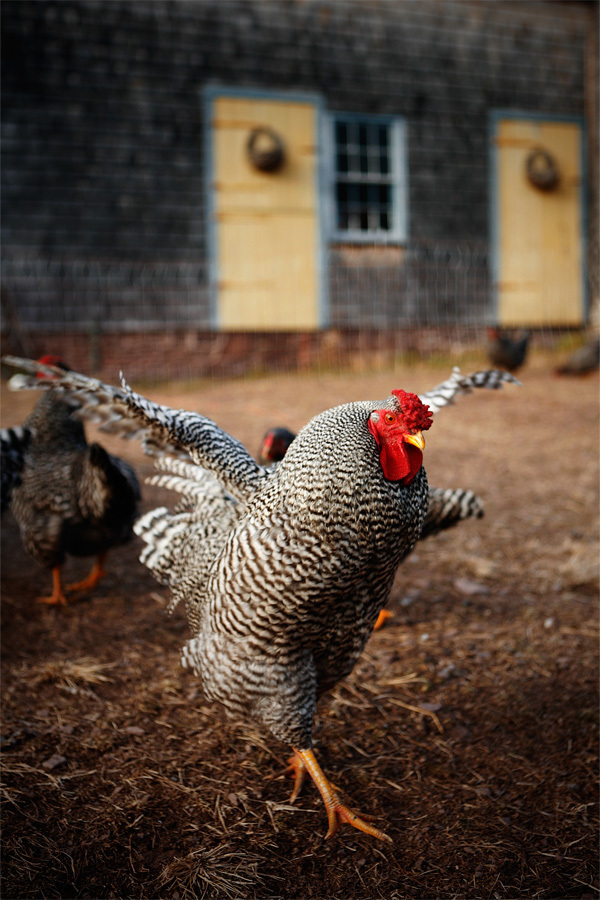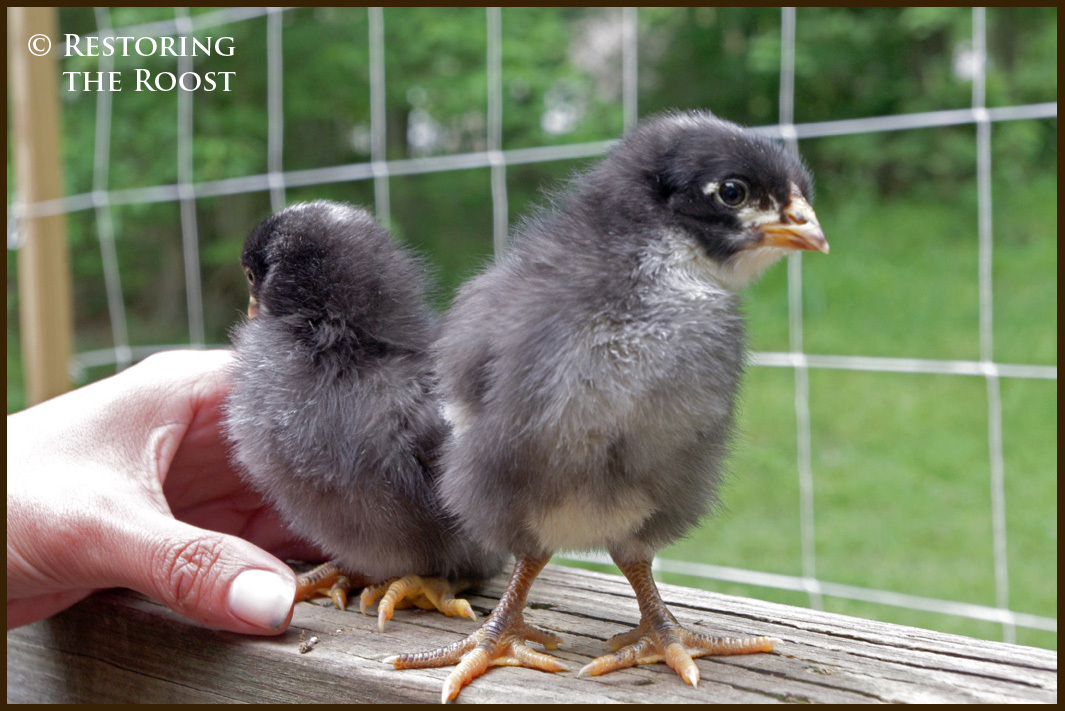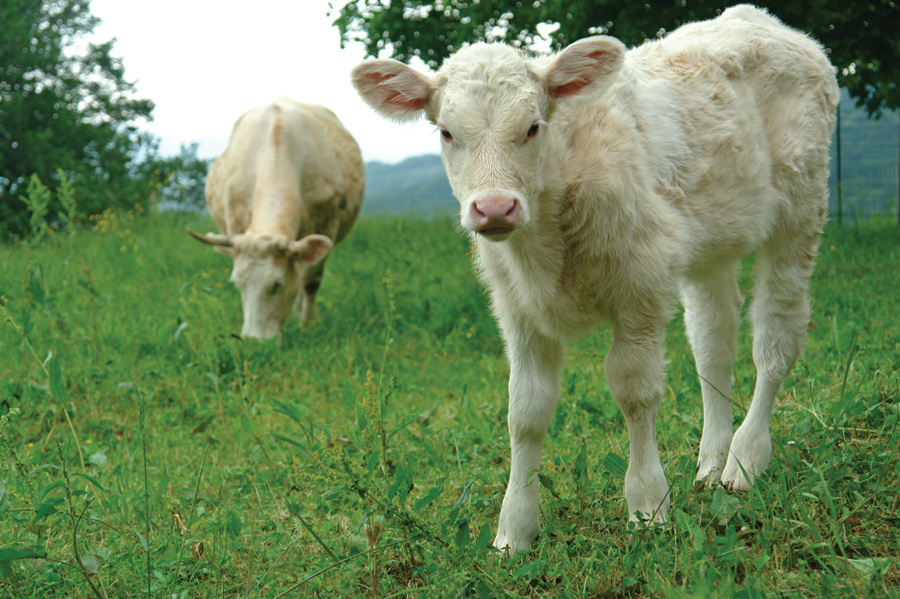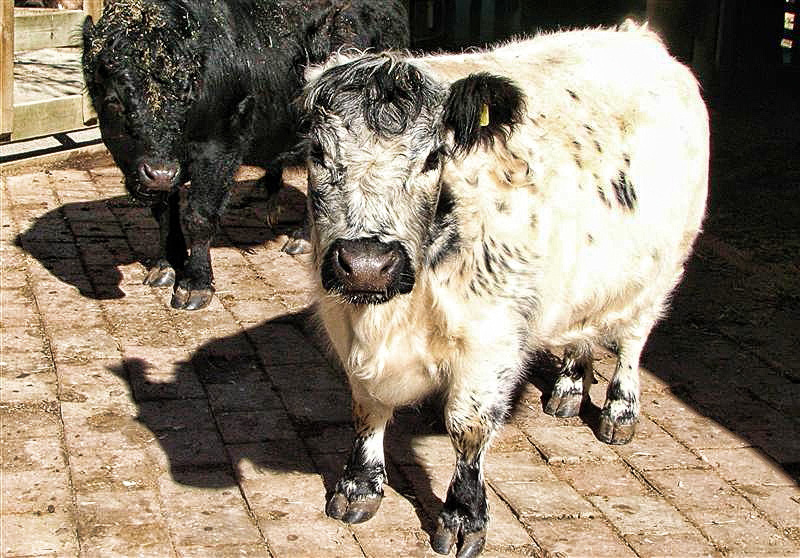Future Farm Animals we're thinking of adding...
Goats for Milk:
The first type of goat that we are thinking of is the Kinder goat. It's a mixture between the Nubian and Pygmy. They are newer to the goat family but seem to be a pretty hardy breed to have. They can be milked up to 2 quarts daily and are still a smaller breed to not feel overwhelmed. Another positive aspect is the teats are easy enough to milk from unlike the Nigerian Dwarf goats we have also been thinking about. They are also year round breeders.
Some websites that I have found very educational on this breed:
http://homesteadrevival.blogspot.jp/2011/07/kinder-goats-for-small-homesteads.html
http://www.backwoodshome.com/articles2/sanderson95.html
http://kindergoatbreeders.com/
http://www.kindergoatbreeders.com/spring2010newsletter.pdf
Some websites that I have found very educational on this breed:
http://homesteadrevival.blogspot.jp/2011/07/kinder-goats-for-small-homesteads.html
http://www.backwoodshome.com/articles2/sanderson95.html
http://kindergoatbreeders.com/
http://www.kindergoatbreeders.com/spring2010newsletter.pdf
The other type of goat we are thinking about is the Nigerian Dwarf goat. They are very small goat with getting about 17-19 inches to the shoulders. They are a good breed for a smaller farm as they don't take up much space. Downfall is they are hard to milk due to the smaller teats. Some interesting readings on this goat:
http://www.betterhensandgardens.com/2010/09/15/nigerian-dwarf-goats/
http://www.ndga.org/
http://nigeriandwarfdairygoats.com/
http://www.betterhensandgardens.com/2010/09/15/nigerian-dwarf-goats/
http://www.ndga.org/
http://nigeriandwarfdairygoats.com/
Heritage Breed Pigs:
Ossabaw Island Heritage Pigs are one type of pigs we are thinking about. We like the heritage breeds due to the fact that we can keep them from becoming extinct. They are an older breed that stems from a Spanish pig that were left on an island to strive. They generally stay around 100 pounds.
Some websites of information about these pigs:
http://www.albc-usa.org/cpl/Ossabaw.html
(Although I don't like to site Wikipedia they have some info) http://en.wikipedia.org/wiki/Ossabaw_Island_Hog
http://www.maveric9.com/recent/ossabaw-island-hogs/
Some websites of information about these pigs:
http://www.albc-usa.org/cpl/Ossabaw.html
(Although I don't like to site Wikipedia they have some info) http://en.wikipedia.org/wiki/Ossabaw_Island_Hog
http://www.maveric9.com/recent/ossabaw-island-hogs/
Another pig that we are really thinking about going with is the Idaho Pasture Pigs (IPPs) This breed of hog my husband came across and we are really contemplating them. We like the Ossabaw because of the different varieties they have but we are not very keen on the aggressiveness of the hog. We also like the Ossabaw for the fact that they are a heritage hog, where as the IPP is not. It's a mix of three heritage breeds making it a newer breed to the mix. But with the IPPs they are a very friendly hog. Also like our Pineywood Cattle that we have on the land they forage for their food. Giving them a leaner body and less body weight than their counterparts. Some sites to check out this awesome breed of hog:
http://www.idahopasturepigs.com
http://www.idahopasturepigs.com
A Heritage breed that I came across looking for pigs was the KuneKune. They are another wildly colored pig that we are greatly leaning toward putting on the farm. They are a friendly breed that are on the smaller end of the scales. Here's some more on the breed:http://www.americankunekunepigsociety.com
http://www.americankunekunepigregistry.com/about-the-breed
http://www.americankunekunepigregistry.com/about-the-breed
Heritage Chicken Breeds:
One breed of chickens we are thinking about is the Java Chickens. They are a heritage breed that is part of the threatened breeds of the heritage breeds. They are a dual breed chicken that are an excellent forager and lay easily. The Rooster can get to about 9 1/2 pounds and the hens about 6 1/2 pounds. This one is my favorite so far. I love the Auburn Java but the Black Java are up there. Here are some more sites on these birds:
http://www.motherearthnews.com/Sustainable-Farming/2002-02-01/Java-Chickens-Back-From-the-Brink.aspx
http://www.javabreedersofamerica.com/
http://www.motherearthnews.com/Sustainable-Farming/2002-02-01/Java-Chickens-Back-From-the-Brink.aspx
http://www.javabreedersofamerica.com/
The other heritage breed is the Dorking Chickens. They are another threatened breed. They are great meat producers and excellent egg layers (up to 5 a week). I also love the history that comes with these birds. Back during Roman times and Julius Caesar. They come in all shapes and colors but my favorite of all the colors so far is the Fawn and Single-Laced Fawn Dorking.
Some websites that explain more on the history of these birds:
http://www.albc-usa.org/cpl/dorking.html
http://www.feathersite.com/Poultry/CGD/Dorks/BRKDorks.html
Some websites that explain more on the history of these birds:
http://www.albc-usa.org/cpl/dorking.html
http://www.feathersite.com/Poultry/CGD/Dorks/BRKDorks.html
The last breed we are thinking about is the Dominique. Again they are another heritage breed but they are on the watch list as opposed to the first two breeds. Again these birds are for dual purposes. They are in the middle of the chicken breeds for size. They lay eggs about 5/week.
Sites that know more than I do about them:
http://www.dominiquechicken.com/
http://www.motherearthnews.com/Sustainable-Farming/Dominique-chickens-heritage-poultry.aspx
Sites that know more than I do about them:
http://www.dominiquechicken.com/
http://www.motherearthnews.com/Sustainable-Farming/Dominique-chickens-heritage-poultry.aspx
Another type of Cattle
Since introducing the Pineywood cattle to the land we have been trying to figure out our fresh milk production. We were just going to rely on the goats for fresh milk but Rob has decided to introduce another heritage breed to the herd. The breed is the Dexter cattle. They seem to be a little bit more expensive than the Pineywood. They are a stocky built cattle. About the same height as our cattle and a little heavier than our Pineywoods.
Here's some websites about Dexter cattle:
http://www.dextercattle.org
http://www.motherearthnews.com/homesteading-and-livestock/small-farm-cows-dexter-cattle-zmaz01djzgoe.aspx#axzz2o1n3NaFA
Here's some websites about Dexter cattle:
http://www.dextercattle.org
http://www.motherearthnews.com/homesteading-and-livestock/small-farm-cows-dexter-cattle-zmaz01djzgoe.aspx#axzz2o1n3NaFA


